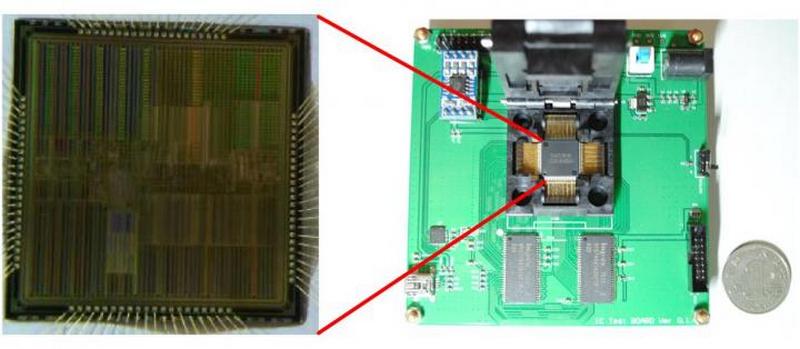China’s ‘Darwin’ Neuromorphic Chip Works by Mimicking the Human Brain
Researchers from Hangzhou Dianzi University and Zhejian University have developed a highly advanced computer chip that is said to be comparable to the human brain. Referred to as the Darwin Neural Processing Unit, this chip was completed after a year of intensive work. According to Hangzhou Dianzi University’s Dr. Ma De, this chip is capable of performing intelligent computer tasks by simulating a human brain’s neural networks.” It is claimed to mimic neuron interconnection through synapses.
Darwin Chip: The Specs
This new computer chip is impressively only around 25 square millimeters in total area. It’s a tiny piece of technology only 5 millimeters on the sides but is packed with a processing power comparable to having 4 million synapses, 2048 neurons, and 15 different synaptic delay possibilities. The creators of this neuromorphic chip tout it as something more powerful than traditional computer chips when installed in a computer. It is also said to be aimed at providing hardware acceleration for intelligent algorithms. The chip was created using 180 nm CMO technology. It is relatively power efficient as it only consumes 0.84W/MHz based on a 1.8 volt power supply. Moreover, it is highly configurable as it supports the reconfiguration of SNN topology and several parameters of synapses and neurons.
Capabilities
Shen Juncheng of Zheijang University, one of the scientists involved in the project, said that this neuromorphic hardware co-processor is capable of handling highly complex tasks particularly in decoding ambiguous information including the recognition of written numbers by different individuals, the ability to differentiate varied photos, the ability to interpret brain signals to move items on an interactive screen or interface, as well as the ability to decode the results of an electroencephalogram or EEG.
Based on Spiking Neural Networks
This new chip is based on spiking neural networks (SNN), a form of biologically-inspired artificial neural network (ANN) that is basically an information processing system that simulates the principles behind how biological brains work to handle processing requirements for various complex activities and systems such as pattern recognition, artificial intelligence, decision support systems, automatic control, and signal processing. SNN can be considered as a type of ANN that is more biologically realistic. It is also believed to yield better performance as it achieves a considerably improved performance-to-power ratio.
Applications
In general, Darwin is expected to become a viable option for the real-time execution of spiking neural networks in resource-constrained embedded systems. This means that it is versatile chip that support the flexible configuration of numerous parameters. As such, it can be employed to implement various functionalities depending on the preferred configuration. It can be used in intelligent hardware systems, the processing and analysis of biological spiking neural signals, robotics, and brain-computer interfaces or systems that enable control over an interface through the brain’s activity. The researchers behind this project had an actual demonstration of this chip’s usability in brain-computer interface as shown in the image below.
Darwin is still in its initial phase of development although some sites have already reported that it was already “released earlier this week” (last week of December). More tests and tweaks are to be conducted on this chip to perfect it. However, it is already showing great promise. It is already being regarded as a step closer to the dream of computer scientists of designing a more power efficient and intelligent computer system based on neural network structure and mechanisms. Hopefully, the technology gets perfected soon. It could become the next processor powering high end smartphones. If this happens, smartphones can do more than the already impressive range of functions they are able to do now.

![By Alejandro Zorrilal Cruz [Public domain], via Wikimedia Commons](https://techtheday.com/wp-content/uploads/2014/06/Artificial.intelligence.jpg)
